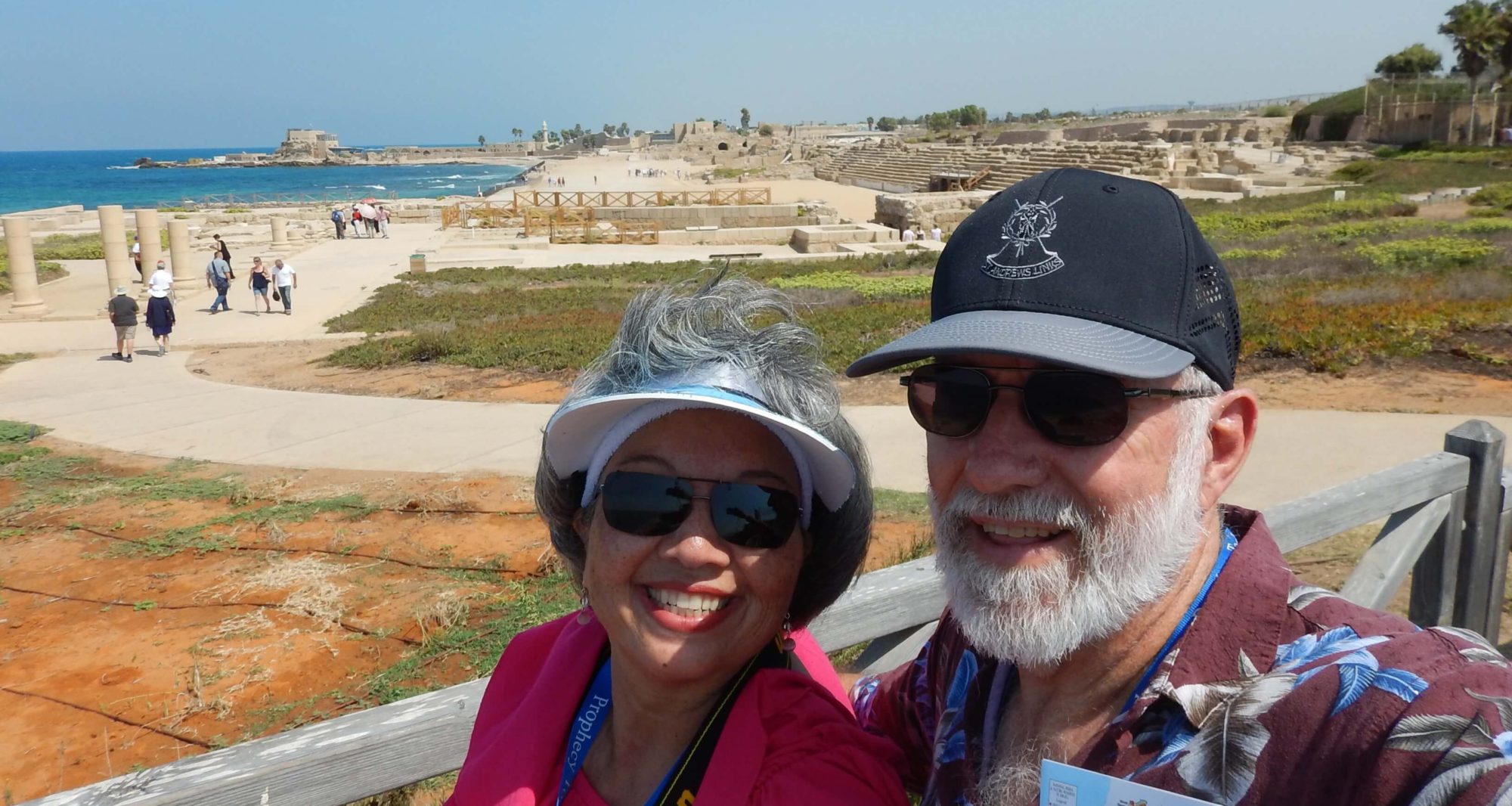“But I am like a green olive tree in the house of God: I trust in the mercy of God for ever and ever.” Psalm 52:8
What a lovely day to visit the Tuscan countryside! Cool temperatures (60s-70s) and blue skies greeted us this morning.

Built in the second century, this city is about one hour northwest of Rome. It is the largest port in central Italy and the gateway to Sicily and other Italian islands.
Tuscania
On our way to our first excursion, we drove through the countryside where we saw many olive tree groves. Olives are the main crop in this area, but watermelons, artichokes, and tomatoes are also grown here. The city of Tuscania is located north of Civitavecchia, and it is of Etruscan origin. The Etruscan people were great sailors and traded with Greeks, Egyptians, and Phoenicians. Olive oil and wine were what they most often traded. Etruscans believed in an afterlife and left valuable objects in the “necropolis,” or city of the dead (cemetery). Eventually, the Etruscans were conquered by the Romans and assimilated into their culture. During our time in Tuscania, we visited the medieval section of the town and walked on its cobblestone streets. Lavello Tower, a large stone structure, was at the end of the main cobbled street and at the top of St. Peter’s Hill. Gazing out over the stone walls surrounding the area, we saw an old church and various other ancient structures on a not-too-distant hillside.

Clockwise from top-left: Lavello Tower; city wall of medieval Tuscania; Cathedral of San Giacomo Maggiore; view from Lavello Tower; old church; residence in Old Tuscania; city wall corner section; at the top of St. Peter’s Hill.
Valentini Olive Farm Visit
Meandering through the Tuscan countryside, we followed a narrow road to the Valentini Olive Farm. Here we had a demonstration on how olives are harvested. When they are ready to be picked, they are actually raked off the branches with a special net and dropped on to a special meeting below the trees. The olives are then taken to the presses. Olives that are the first of the season to be pressed produce the oil that will become known as “extra virgin olive oil.” It is green and has the best flavor. Our visit to an olive farm culminated with an opportunity to sample the delicious oil! In addition, we had bruschetta, tomato jam, ricotta cheese, olives (of course!), and fresh bread. An added treat was a bowl of penne pasta in a savory tomato sauce. What a special treat!

Clockwise from top-left: olive trees; vineyard; tasty samples; olive oil and other snacks; demonstration of olive harvesting
Strolling through Civitaveccha was a great way to end our day. There was a beautiful walkway along the Mediterranean Sea, and we were able to see Michelangelo’s Fort as we walked. Last, but certainly not least, we found a nice place to sit, rest, and enjoy the scenery… well, maybe there was a little more incentive for John to stop at this particular place!

Top: Michelangelo’s Fort. Bottom-left: Civitavecchia Cathedral. Bottom-right: John and his gelato.
Next stop: Pompeii and Capri
